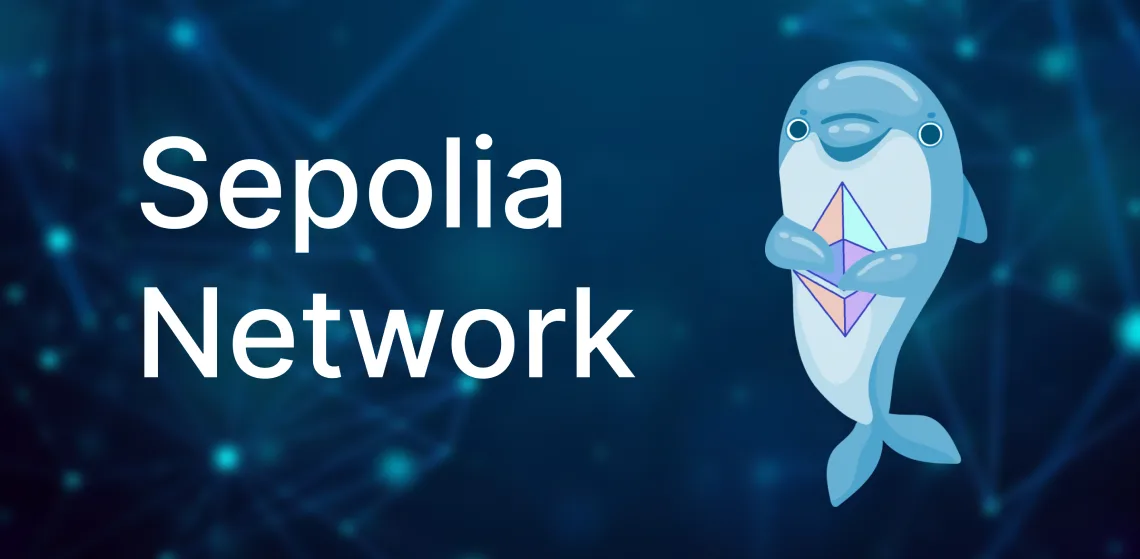How to Get Test Coins from Sepolia Network – Step-by-Step Guide
Blockchain developers and testers often need a secure environment to experiment with smart contracts and decentralized applications (dApps). The Sepolia Network, one of Ethereum’s most reliable testnets, provides this sandbox environment. Since real Ether is not used on testnets, developers rely on test coins (or test ETH) to simulate transactions. This guide explains exactly how to get test coins from Sepolia Network and start testing with confidence.
Why Use the Sepolia Network?
Sepolia is an Ethereum testnet designed for developers who need to experiment without financial risk. Unlike Ethereum’s mainnet, Sepolia transactions use test ETH, which carries no real-world value. Key benefits include:
- Safe testing environment – Deploy and test smart contracts without spending real ETH.
- Lower resource consumption – Transactions are processed quickly and efficiently.
- Widely supported – Compatible with Ethereum tools like MetaMask, Remix, and Hardhat.
- Reliable faucets – Easy access to free test coins for development.
With Sepolia gaining popularity, developers are moving from older testnets such as Ropsten and Kovan to this more efficient alternative.
Step-by-Step Guide: How to Get Test Coins from Sepolia Network
Here is a clear walkthrough for beginners and experienced developers alike:
1. Set Up a Wallet (MetaMask Recommended)
- Download and install the MetaMask browser extension or mobile app.
- Create a new wallet or import an existing one using your seed phrase.
- Copy your wallet address, as you’ll need it to request Sepolia test coins.
2. Connect to the Sepolia Network
- Open MetaMask and click on the network dropdown at the top.
- Select “Add Network” and input Sepolia details (many wallets include it by default).
- Confirm and switch to the Sepolia test network.
3. Visit a Sepolia Faucet
- A faucet is a free service that distributes small amounts of test ETH.
- Access a trusted faucet such as the [Sepolia faucet provided by Alchemy or Chainlink].
- Paste your wallet address in the input field.
4. Request Test ETH
- Click on the “Request” button.
- Some faucets may require GitHub, Google, or social media verification to prevent abuse.
- Wait a few seconds to receive the test coins in your wallet.
5. Verify in MetaMask
- Open MetaMask and check your balance under the Sepolia Network.
- You should now see the deposited test ETH, ready for transactions or contract deployments.
Common Issues and Solutions
- No Coins Received: Try another faucet, as some may be temporarily down.
- Transaction Delays: Testnets occasionally experience network congestion. Wait and refresh.
- Verification Requirements: Ensure you have a valid GitHub or Google account for faucet authentication.
Best Practices for Using Sepolia Test Coins
- Use responsibly – Only request the amount needed for testing. Faucets have daily limits.
- Separate test and main wallets – Avoid confusion between test ETH and real ETH.
- Keep updated – Follow Ethereum developer updates, as faucet links and processes may change.
Final Thoughts
For developers working on Ethereum, knowing how to get test coins from Sepolia Network is essential. By setting up a wallet, connecting to Sepolia, and using faucets effectively, anyone can access free test ETH and begin experimenting with smart contracts and dApps in a safe environment.
For a detailed step-by-step breakdown and additional resources, visit the full guide here: How to Get Test Coins from Sepolia Network.
Would you like me to make this guest post around 1500 words with expanded technical examples and screenshots explained in text (like “how to deploy a test contract after getting Sepolia ETH”), or keep it as a concise ~800-word article?







